How Xanterra National Park Lodges Are Saving Water
Creative initiatives are reaping big benefits for this precious resource
Whether in the desert of the Grand Canyon or the snow-rich region of Oregon’s Crater Lake, conserving water means being proactive. Xanterra Parks & Resorts, the largest concessioner in the national parks, saves water with a number of creative initiatives.
“Every drop of water counts,” says Catherine Greener, sustainability vice president for Xanterra. “We take fresh, clean water for granted. We do not acknowledge the importance of it until we do not have it.”
By changing refrigeration systems, employing smart rain gauges for lawn irrigation, upgrading laundry equipment, installing low-flow showerheads and toilets, and even switching the way ice cream scoops are rinsed, Xanterra national park lodges have reduced their use of water.
From 2003 through 2016 Xanterra reduced the absolute consumption of water throughout its portfolio by 2%. When factoring in the number of guests and their activities, Xanterra reduced consumption by 56% over that period.
“We have our goals in sight and we are working toward that. We are constantly learning,” says Greener. Xanterra is committed to protecting the parks and places in which it works.
Here are highlights of water conservation programs at Xanterra national park concessions.
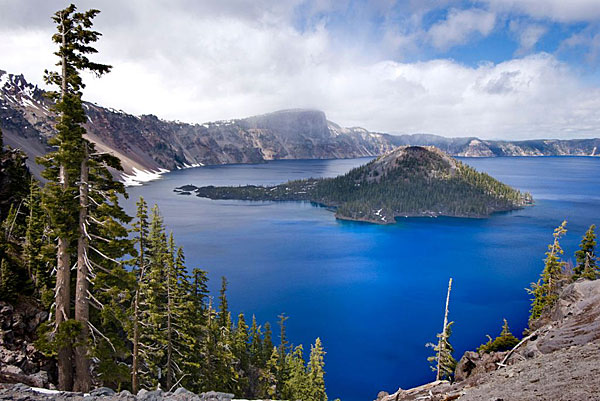
Wizard Island, Crater Lake
Crater Lake National Park Lodges
The Crater Lake Lodge continues installing low-flow toilets whenever a renovation occurs and has placed waterless urinals in some facilities.
Glacier National Park Lodges
Glacier National Park Lodges conserved water by switching to an air-cooled, instead of water-cooled, refrigeration system. The park plans to install sub-meters in lawn irrigation systems to monitor water use.
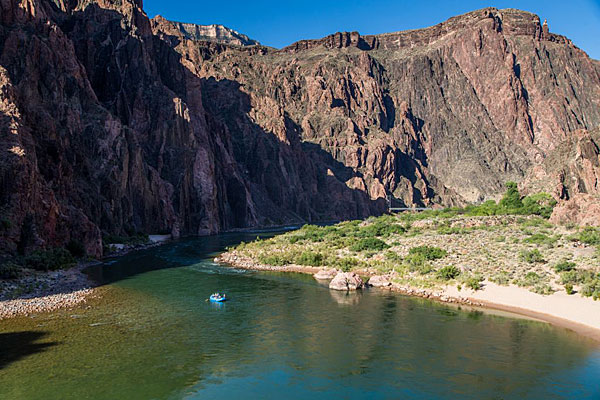
Inner Colorado River
Grand Canyon National Park Lodges
The replacement of 925 showerheads in the lodges and employee housing with low-flow fixtures saved 800,000 gallons of water in February 2017compared with the same period in 2016; 900,000 gallons in March 2017; 1.4 million gallons in April 2017; 900,000 gallons in May 2017, and 1.1 million gallons in June 2017. Total savings so far: 5.1 million gallons. Programs for 2017-2018 include installing 1.0-gallon low-flush toilets in Grand Canyon National Park Lodges’ Bright Angel Lodge and El Tovar Lodge.
Grand Canyon Railway and Hotel
By harvesting monsoon rainwater and snowmelt collected in a million-gallon water retention pond, Grand Canyon Railway and Hotel reduced water consumption between 90,000 to 200,000-plus gallons annually since 2009. The harvested water powers the railway’s steam engine, whose boiler uses 15,000 gallons of water round trip. Cumulative savings: 720,000 to 1.6 million gallons.
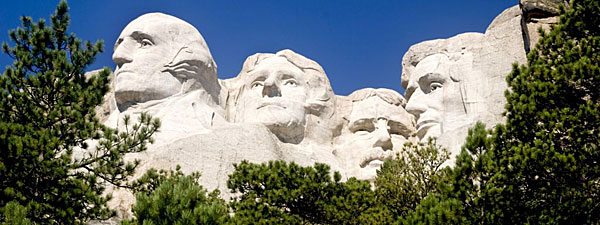
Mount Rushmore
Mount Rushmore National Monument
To clean ice cream scoops in Carvers’ Marketplace, Mount Rushmore switched from dipping wells with continually flowing water to electric dipping wells that heat a finite amount of water to a bacteria-killing 140 degrees Fahrenheit. The savings: an estimated 40 percent of the building’s water reduction of 120,000 gallons for the month of June 2017 over June 2016.
The Oasis at Death Valley
By installing low-flow showerheads The Oasis at Death Valley achieved a 10 percent reduction in water usage from 2014 to 2015. Non-chlorinated water from hot springs feeds the swimming pools and afterward the water is reused to irrigate the golf courses and landscaping.
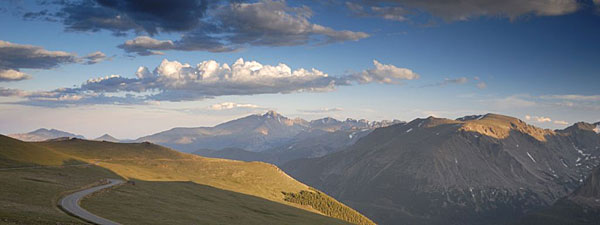
Trail Ridge Road, Colorado
Rocky Mountain National Park
Rocky Mountain National Park has decreased its water use by 23 percent since 2014. Among the changes were the installation of upgraded faucets that use pre-rinse sprays and automatic shut off sensors as well as the installation of hot water recirculating loops so that hot water takes less time to reach the sinks.
Yellowstone National Park
The park’s upgraded washing system for laundry and linens reduced water usage from 3 gallons per pound to one-third gallon per pound, creating a projected savings for 2017 of 12 million gallons for Yellowstone National Park Lodges. The construction of five new lodges between summer 2015 and summer 2016 to LEED specifications improved water conservation 46 percent compared to conventional construction, creating an estimated savings of 3.5 million gallons per year.
Zion National Park
Since 2013, Zion kitchens employed walk-in coolers that function on a heat exchange system instead of a water system, saving 800,000 gallons of water per year. From 2014 to 2016, Zion reduced its overall use of water by 21 percent, saving more than 546,000 gallons. In spring 2017, Zion installed smart rain gauges in its lawn sprinkler system to reduce the 12,000 gallons for lawn irrigation. When the gauges sense moisture in the air and in the ground, they correspondingly decrease the water delivered to the sprinkler system.


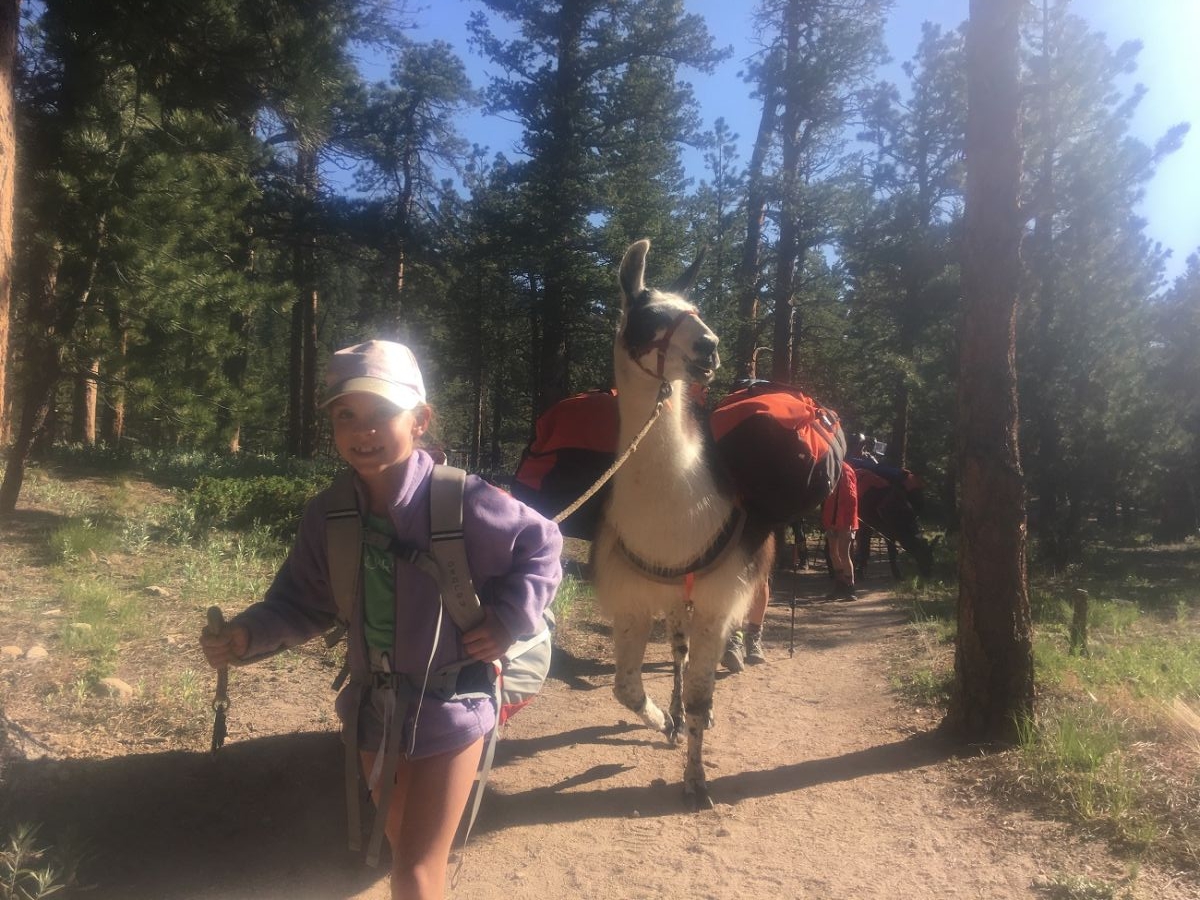
 Xanterra Parks & Resort
Xanterra Parks & Resort Frommers.com
Frommers.com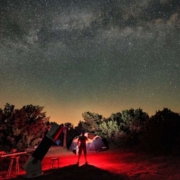 Frommers.com
Frommers.com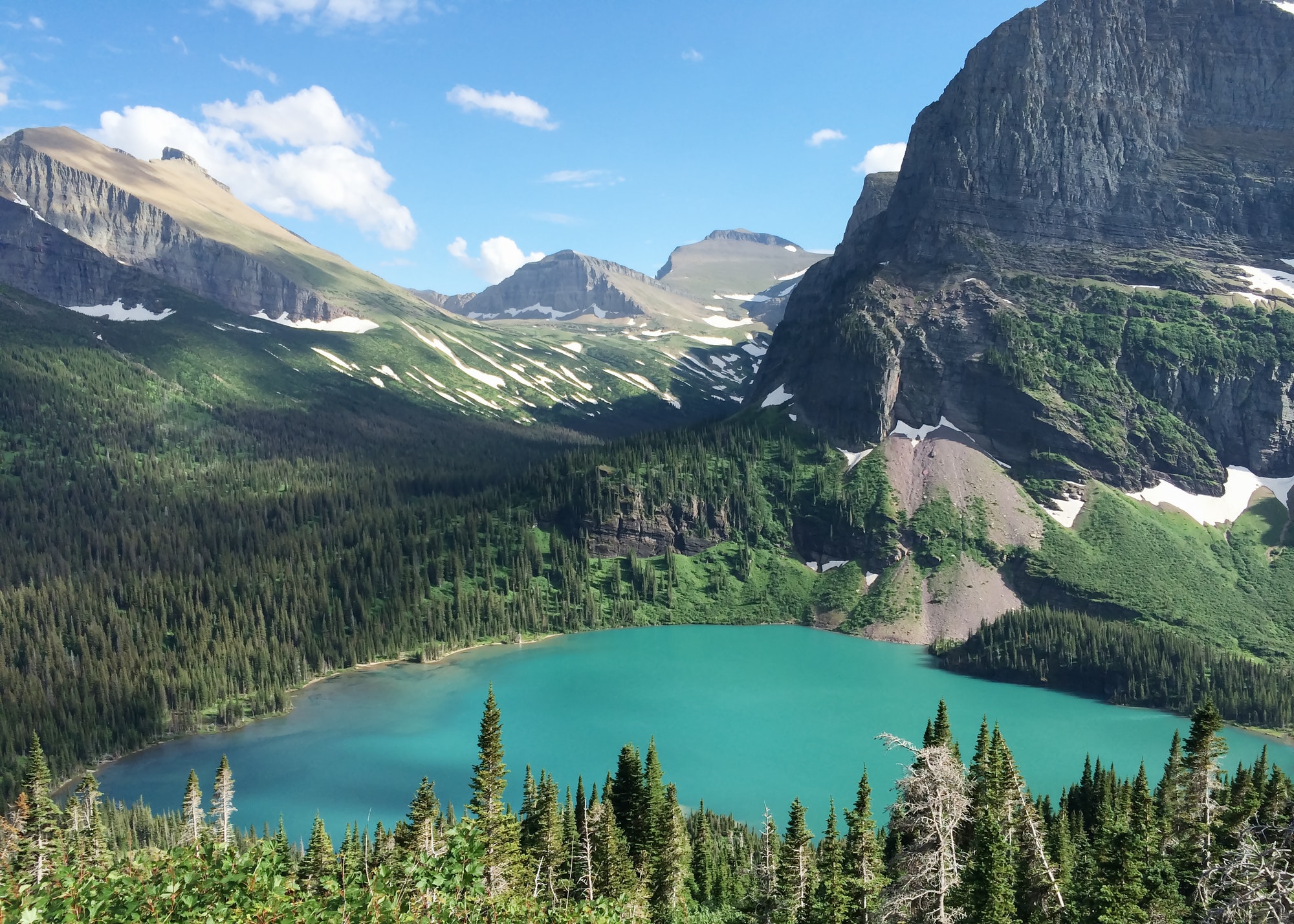 Physician's Money Digest
Physician's Money Digest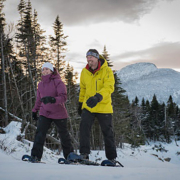 Travel Tips and Trips
Travel Tips and Trips Bindu Trips
Bindu Trips The Washington Post
The Washington Post